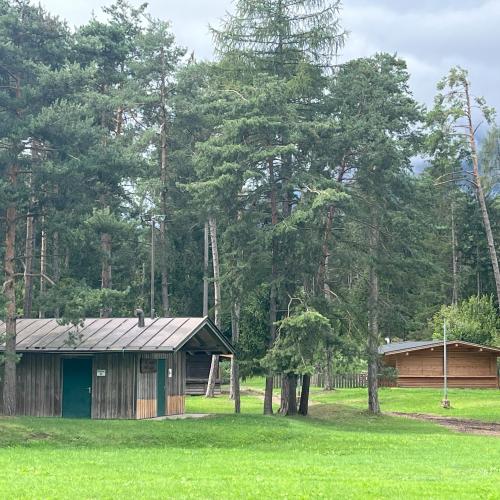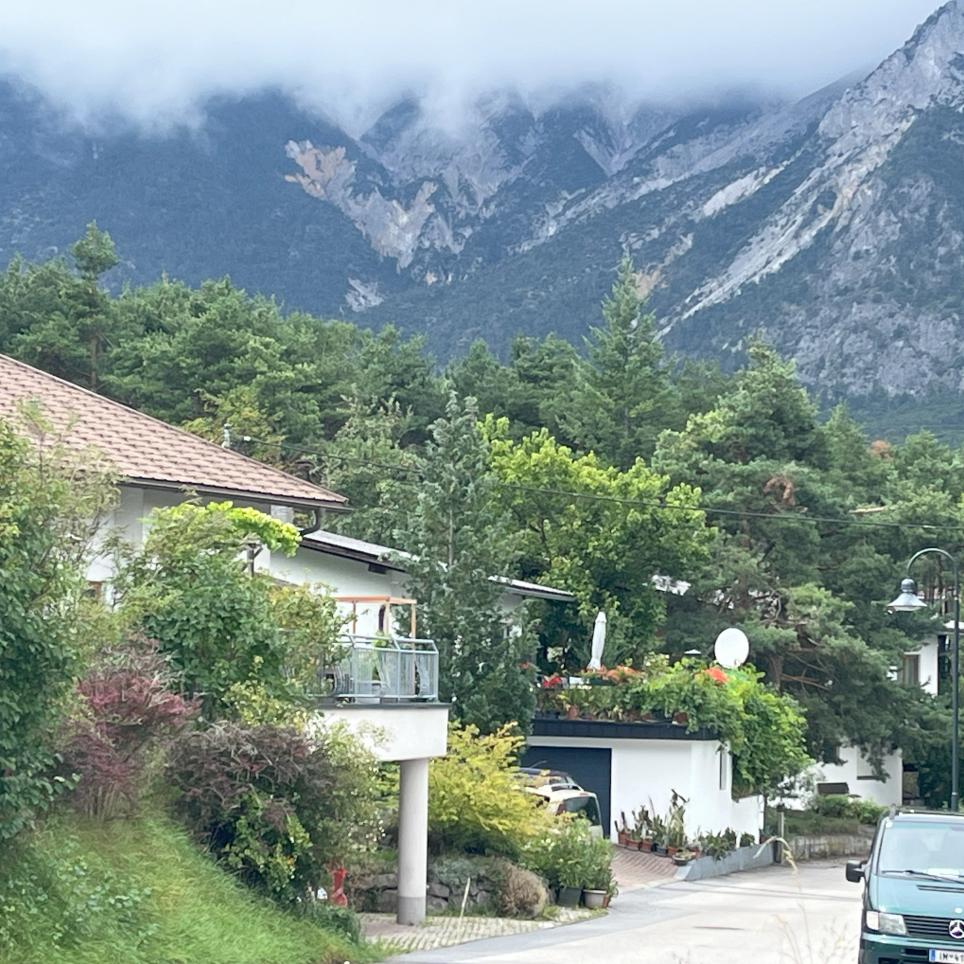
The municipality of Haiming, located in the Imst district of Tyrol, Austria, faces emerging wildfire risks. With a population of 4,900 and 1,463 buildings, the area includes residential, industrial, and commercial structures, including hotels and an electrical substation. Due to its location in the Wildland-Urban Interface (WUI), Haiming is increasingly vulnerable to wildfire risks exacerbated by climate change-induced shifts in temperature and precipitation patterns.
The FIREPRIME pilot test in Haiming aims to co-develop and evaluate FIREPRIME’s programme and resources to foster fire resilience in WUI communities. The Tyrol pilot will focus on collecting user feedback on FIREPRIME’s home vulnerability assessment app to refine its functionality and usability, conducting a risk perception survey and presenting findings through a municipal poster campaign to raise awareness, and developing guidelines for electrical power stations and conducting technical surveys to enhance resilience.
In this case, the area of study poses social challenges since the perception of wildfire risk is likely to be low due to the region’s historical lack of major incidents. This may lead to limited community engagement in risk reduction measures. Additionally, potential conflicts of interest between economic priorities and community resilience initiatives may pose challenges to policy implementation and investment in preventive measures.
All along the pilot test, multiple stakeholders at the municipal, regional, and national levels will be engaged. At the local level, the mayor and municipal council, along with the voluntary fire brigades, play a crucial role in preparedness and emergency response. The operators of the electrical substation are also integral to safeguarding critical infrastructure. Regional stakeholders, such as the Fire Brigade Association Tyrol, the Torrent and Avalanche Control (Section Tyrol), and the Centre for Crisis and Disaster Management, will provide expertise and operational support. At the national level, officials from the Ministry of Interior and the Ministry of Agriculture, Forestry, Regions, and Water Management contribute to policy development and resource allocation.
For now, initial contact meetings with stakeholders and a field survey have already been carried out. The next steps include the presentation of the FIREPRIME app to municipal representatives and testing by volunteers; the distribution of a wildfire risk perception questionnaire to assess community awareness; interviews with representatives from the electrical substation, and a field trip (April 2025) with the FIREPRIME coordinators to further evaluate risk management strategies and engage stakeholders.



